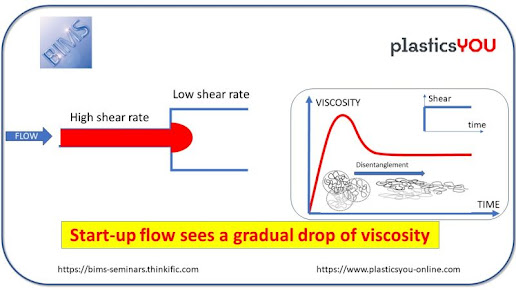Value of Shale Gas for Bio-plastics Production to be Evaluated at BioPlastek 2012 Forum
The discovery of massive shale gas resources has brought about a major increase in U.S. natural gas reserves. This development has particular significance for the chemical and plastics industries. When natural gas is passed through crackers, abundant, low cost supplies of some chemical feedstocks result.
The emergence of shale gas brings into question the economic viability of renewable chemicals and drop-in biobased plastics, especially high volume PE, PP and PET. At the BioPlastek 2012 Forum, on March 28-30 in Arlington, Virginia, USA, this will be one of the key issues to be discussed during several of the sessions.
This much we do know: U.S. polyethylene producers are already big beneficiaries of the shale gas boom. This is because ethane is primarily produced when passing natural gas through crackers. On converting the low cost ethane into ethylene, U.S. PE producers now a major feedstock advantage. Still to be clarified is whether the shale gas sourced PE has a cost advantage over sugarcane derived, biobased PE from Brazil. In the future as 2nd generation biomass evolves (e.g. cellulosic ethanol), will this favor renewable PE drop-ins?
According to consultants at Nexant, increased production of ethane derived from shale gas has also meant reduced production of propylene feedstock, and with it a higher price for polypropylene. But biobased PP is not yet commercially available and depending on the pathway taken, it remains to be seen if it will be cost competitive with fossil fuel derived PP.
A more complex question is what impact will shale gas have on the economics of biobased PET. The fact that there are two building blocks (MEG and PTA) adds to the complexity. Although ethanol is a chemical intermediate for PET building block MEG, its carbon content contributes only 20% to PET's total carbon content. The greater unknown is which of several possible pathways to p-xylene (the precursor to the monomer PTA) will win out. Will any of this benefit from shale gas?


Comments
Post a Comment